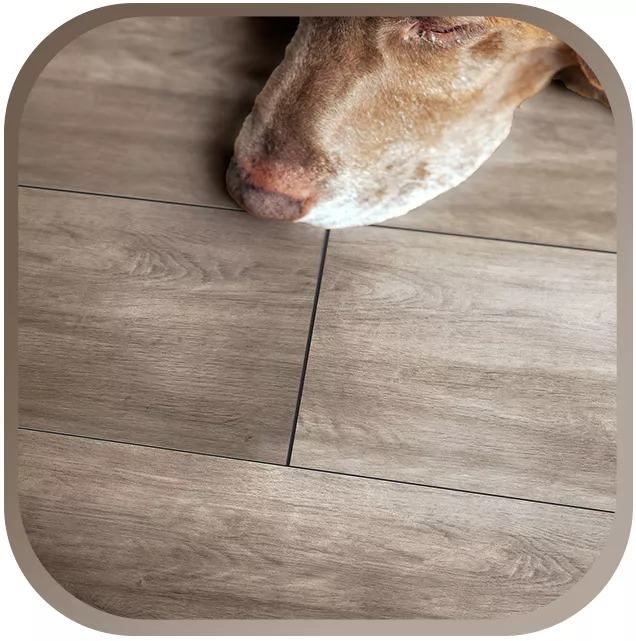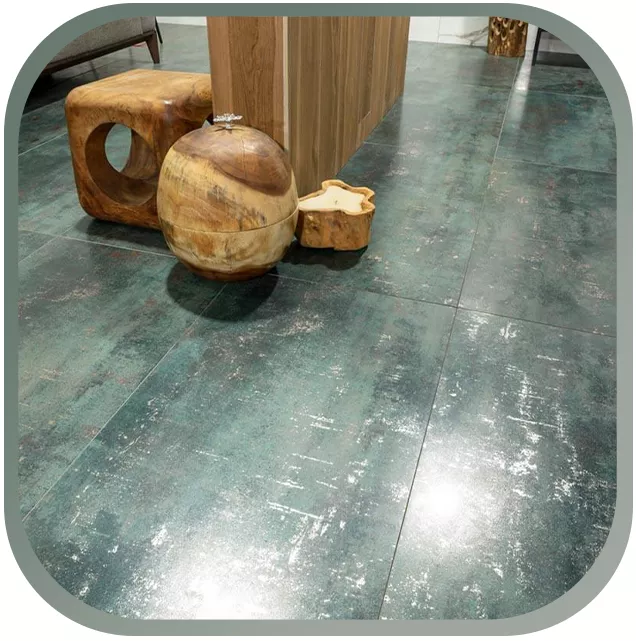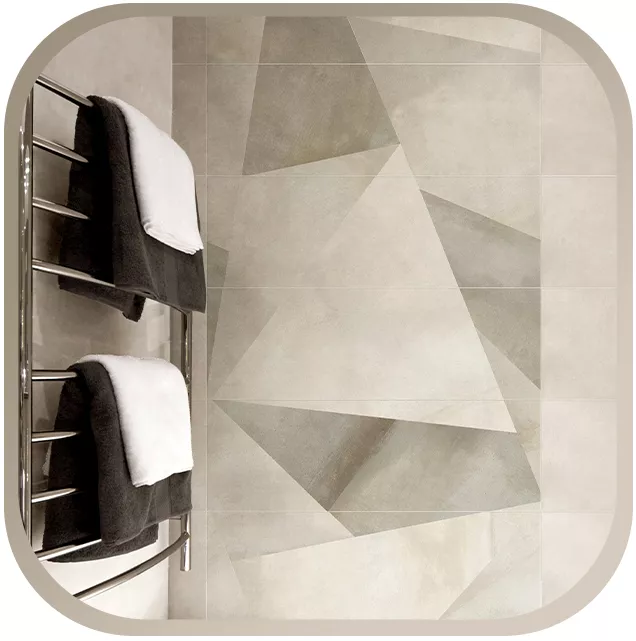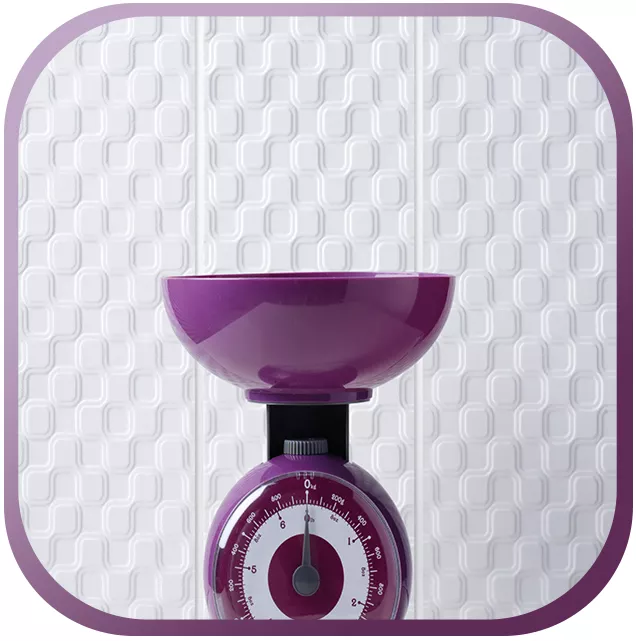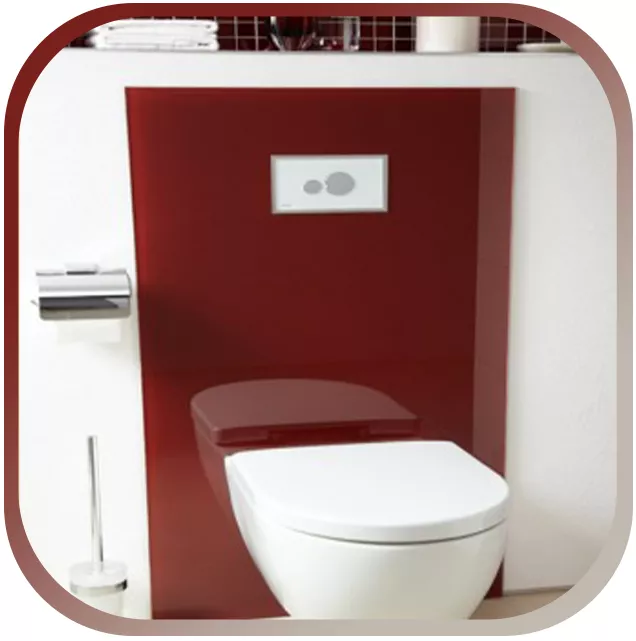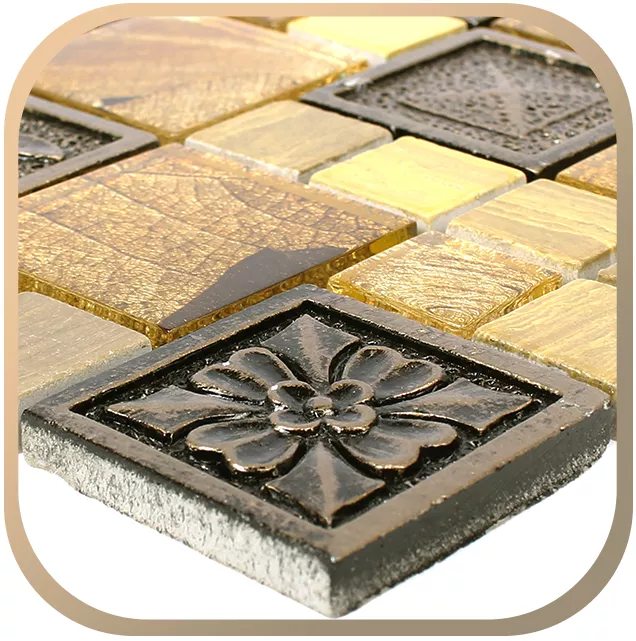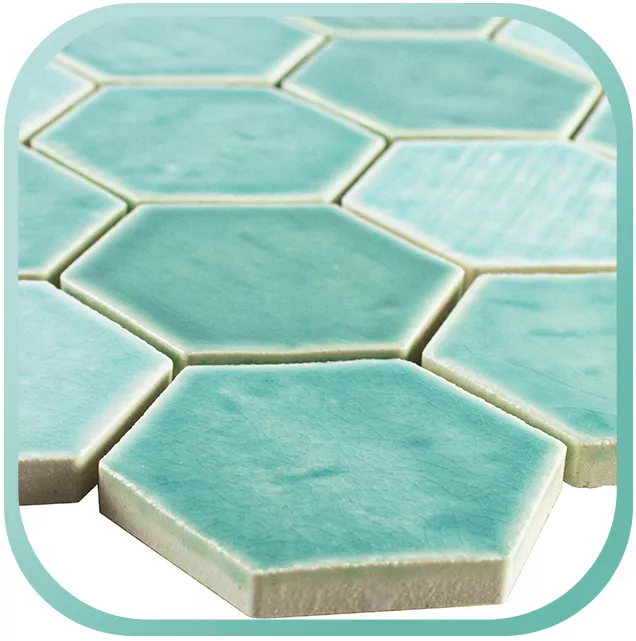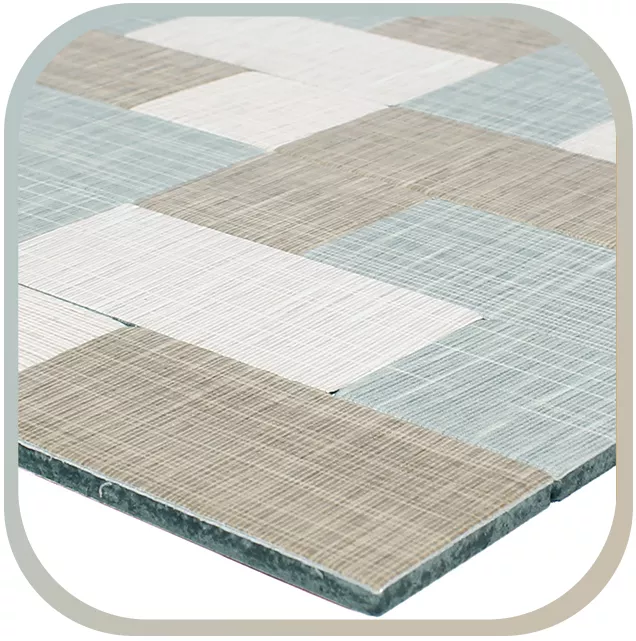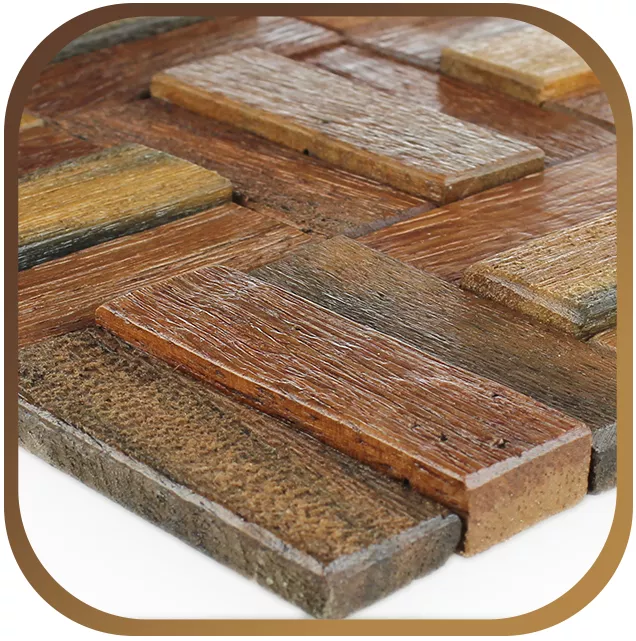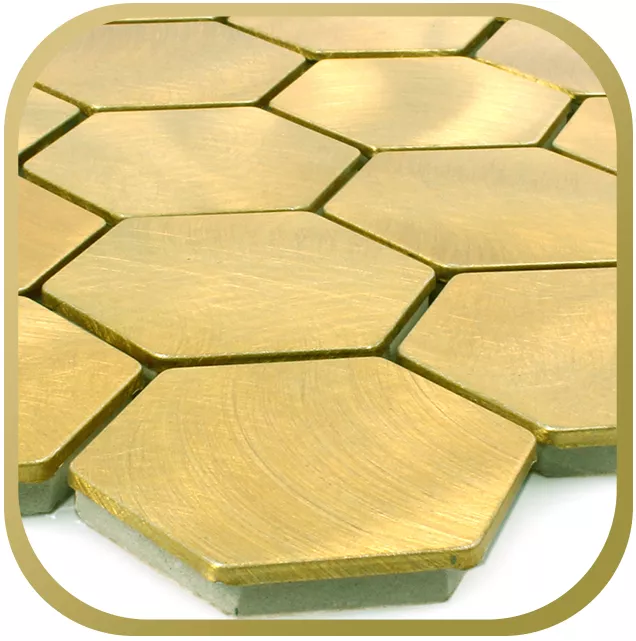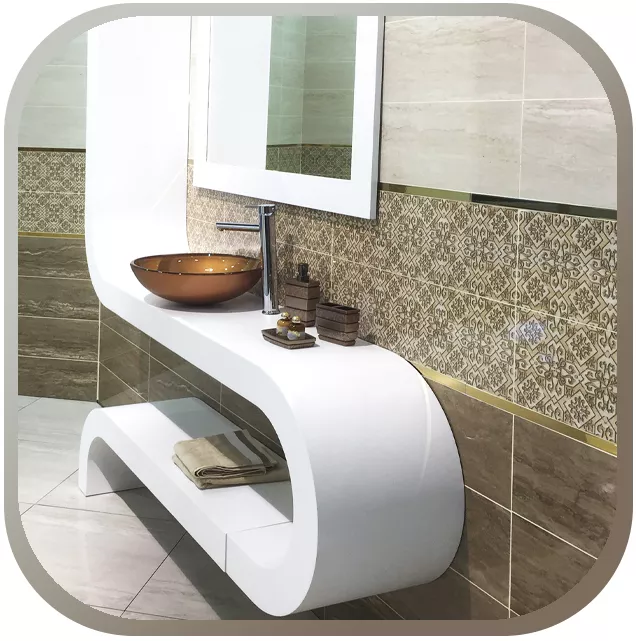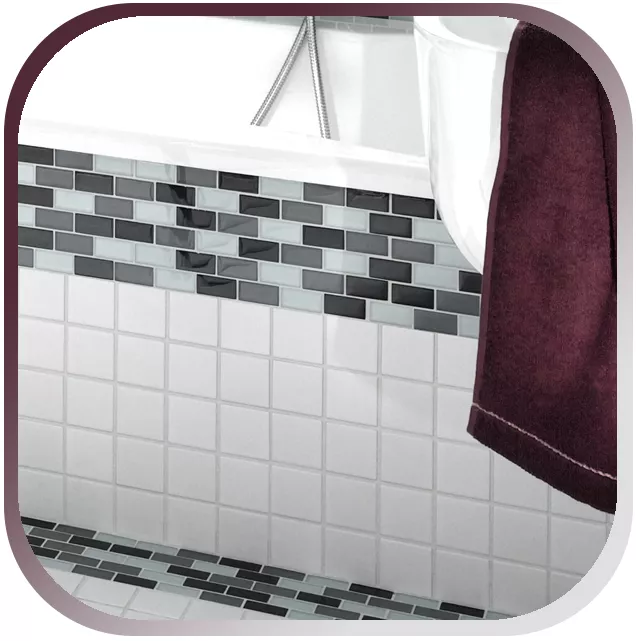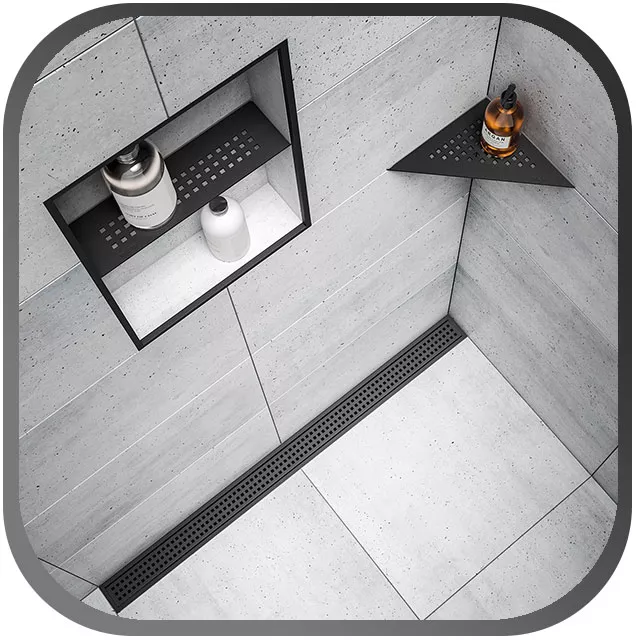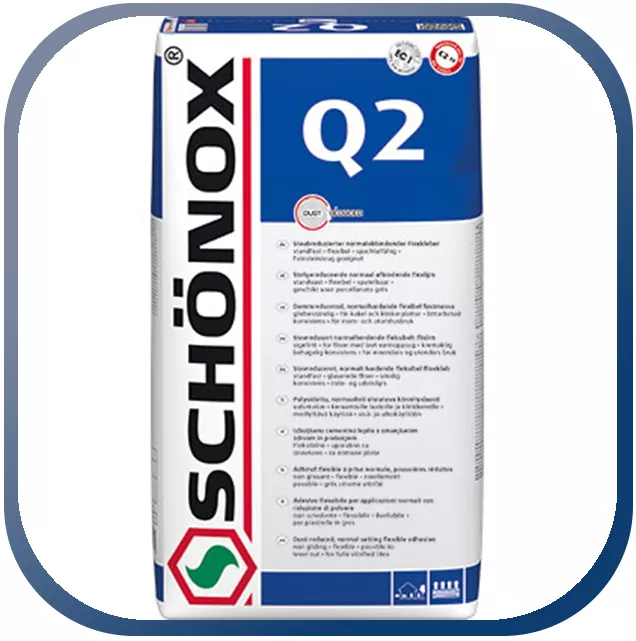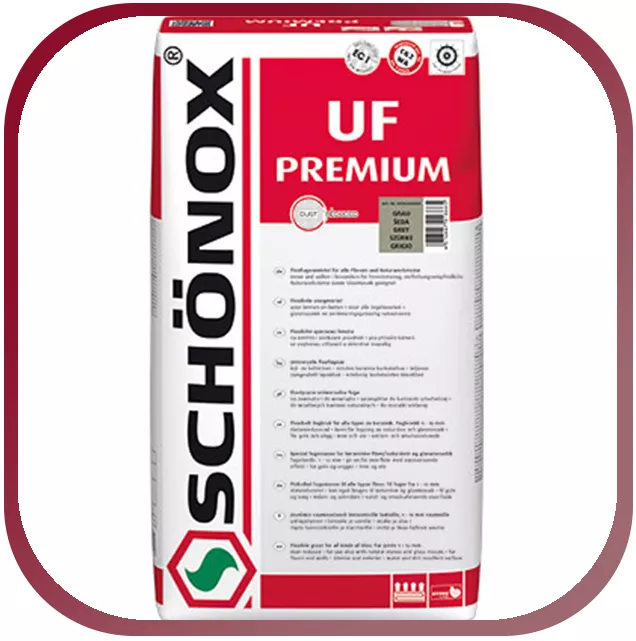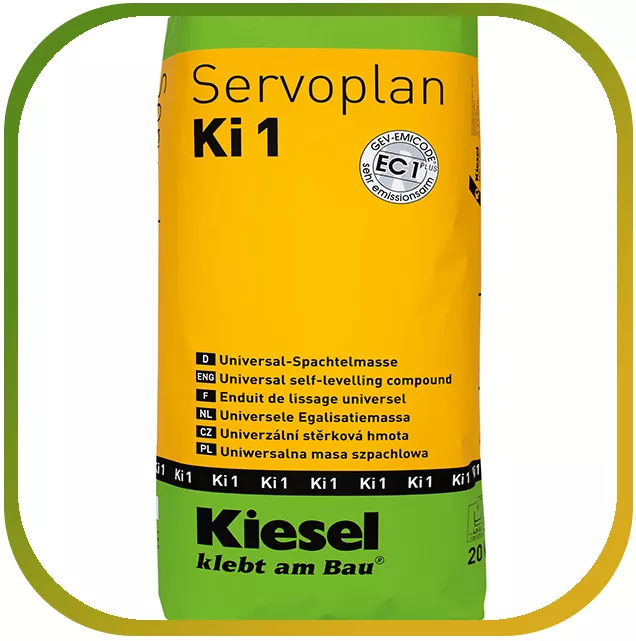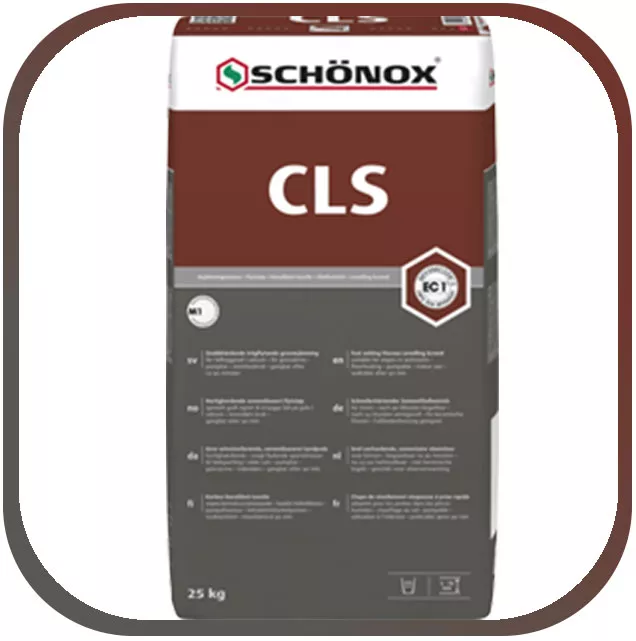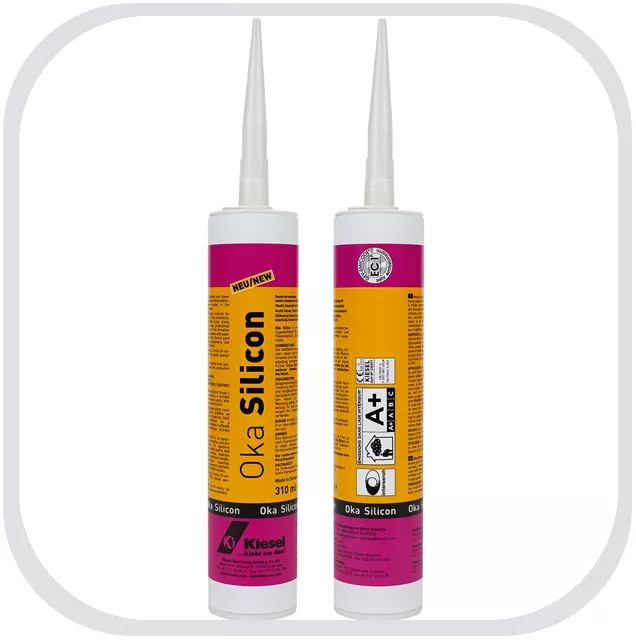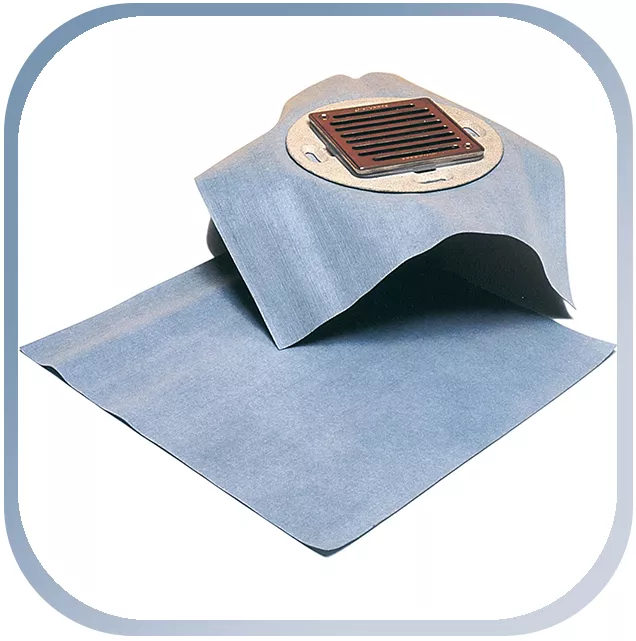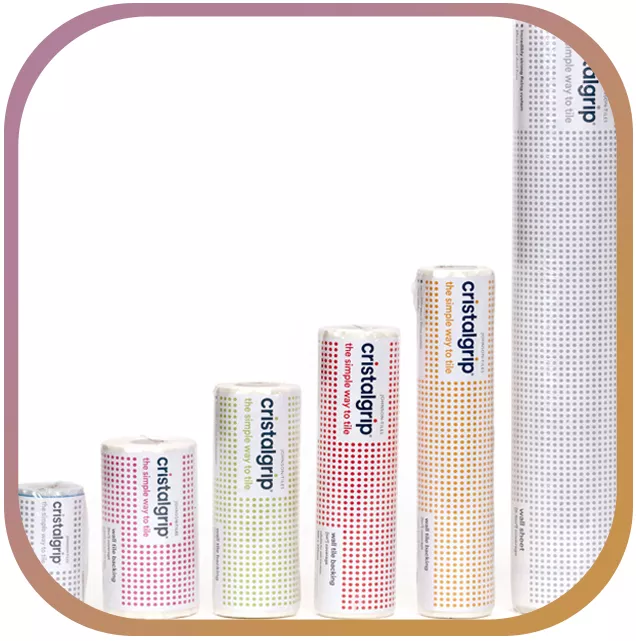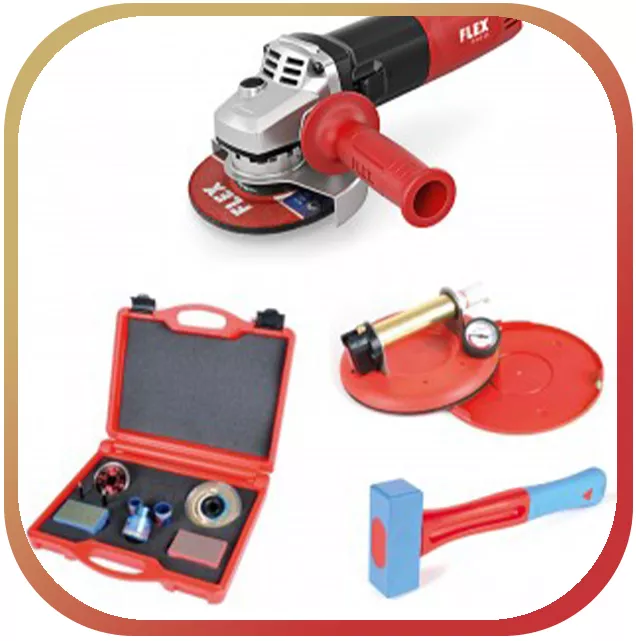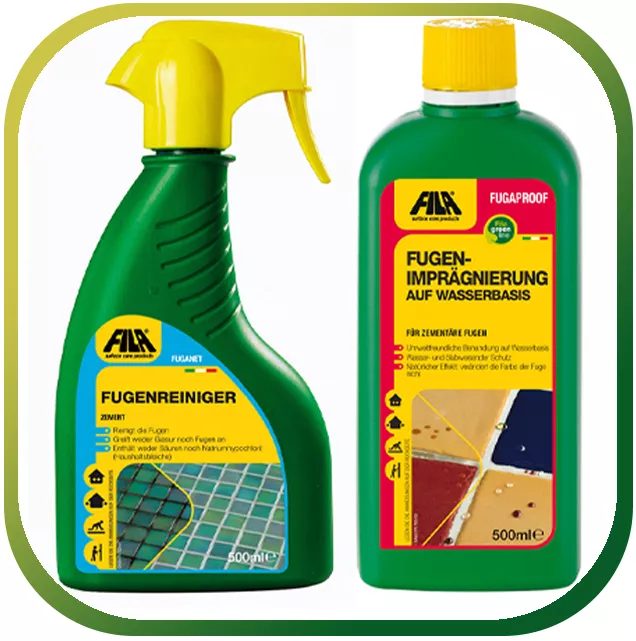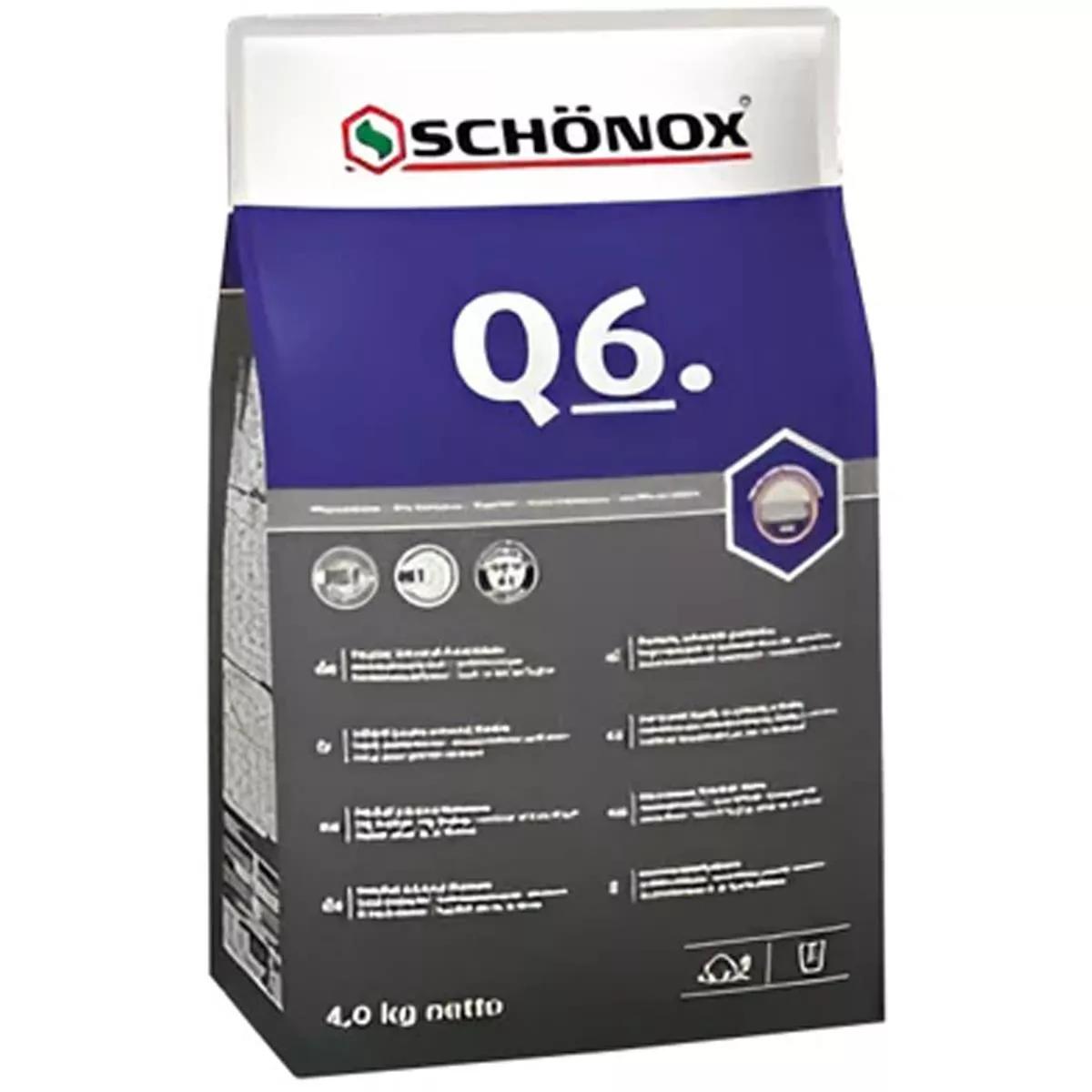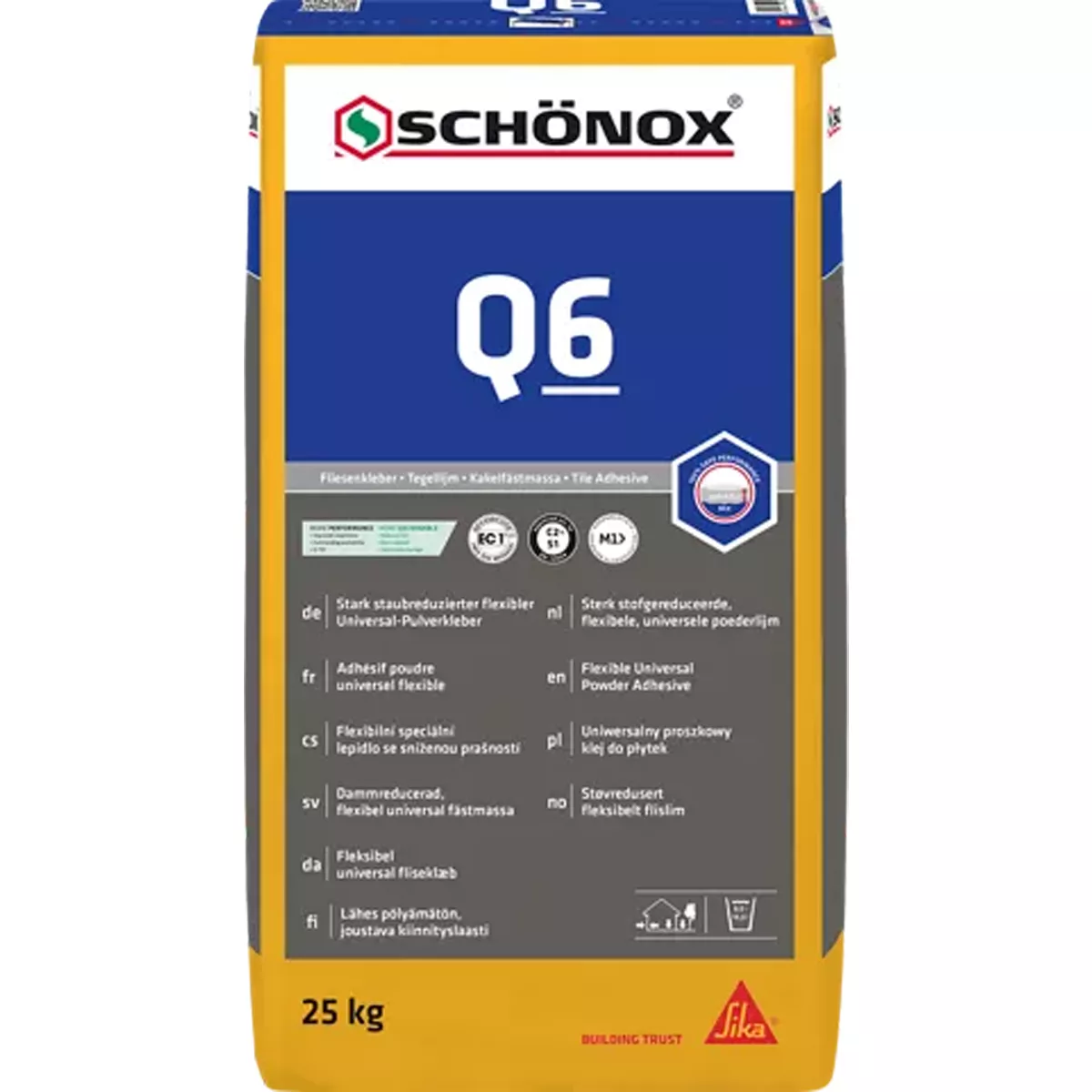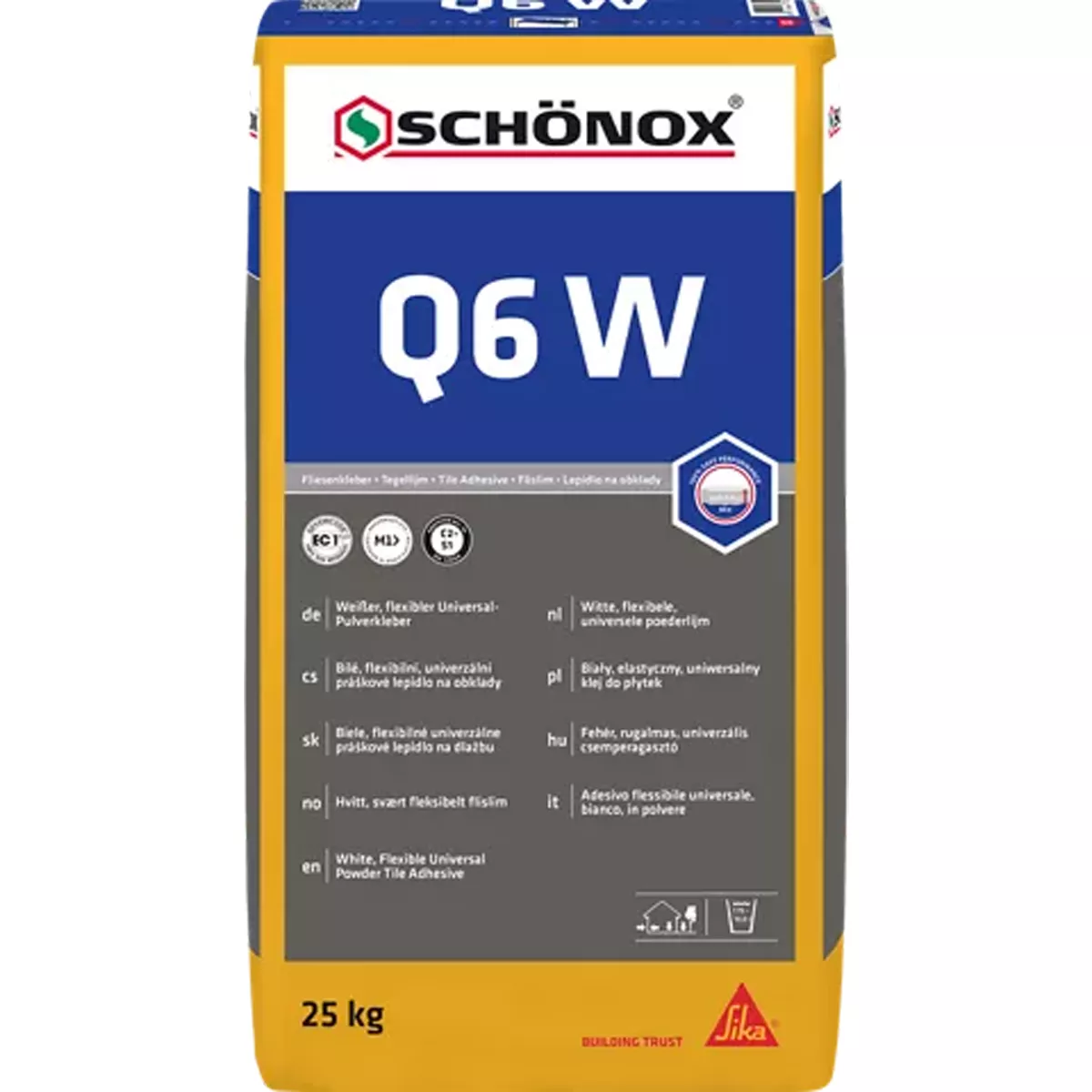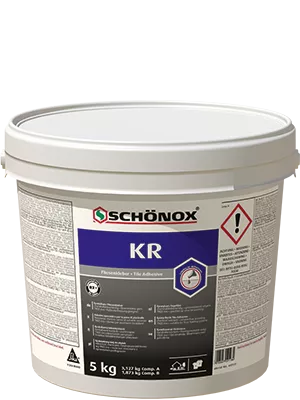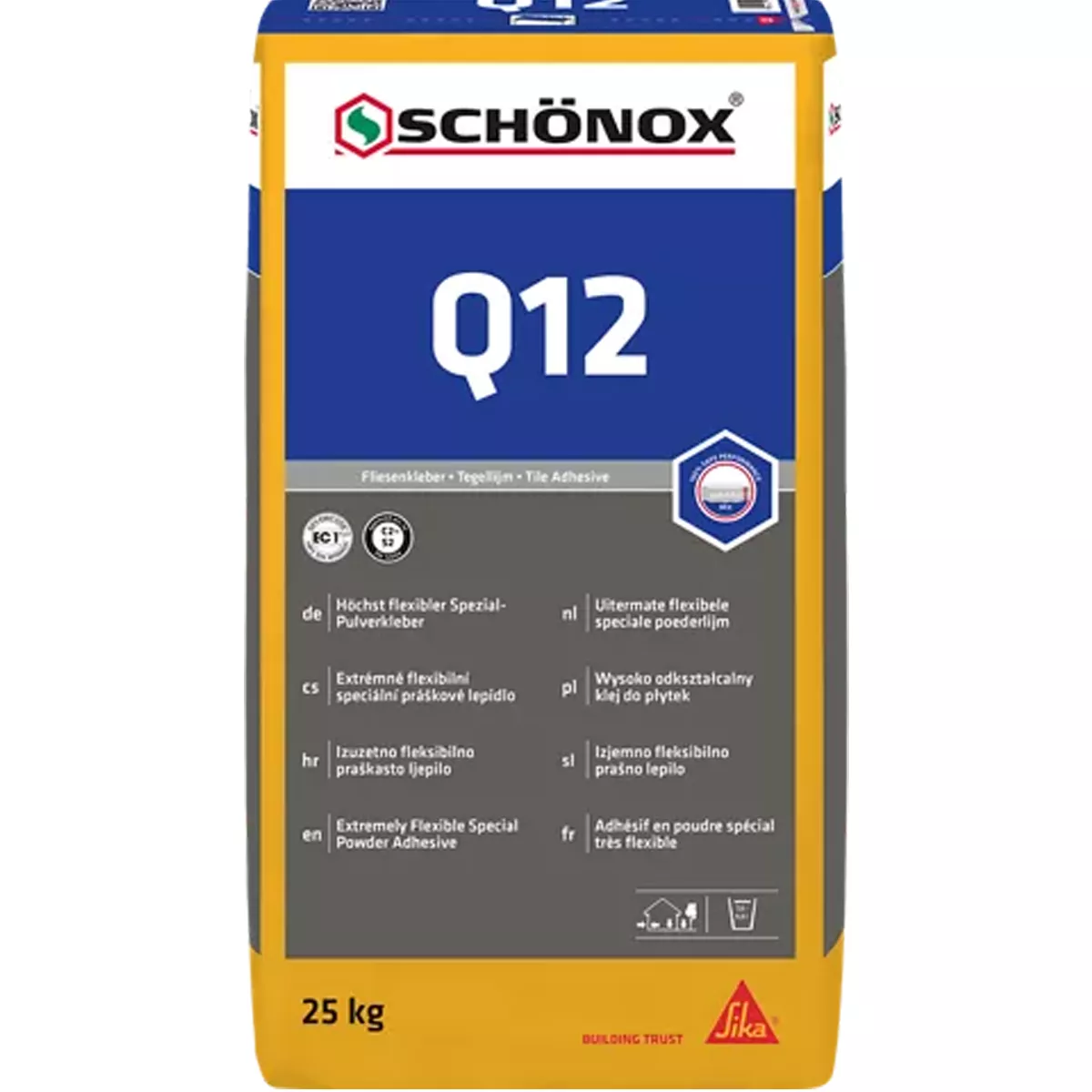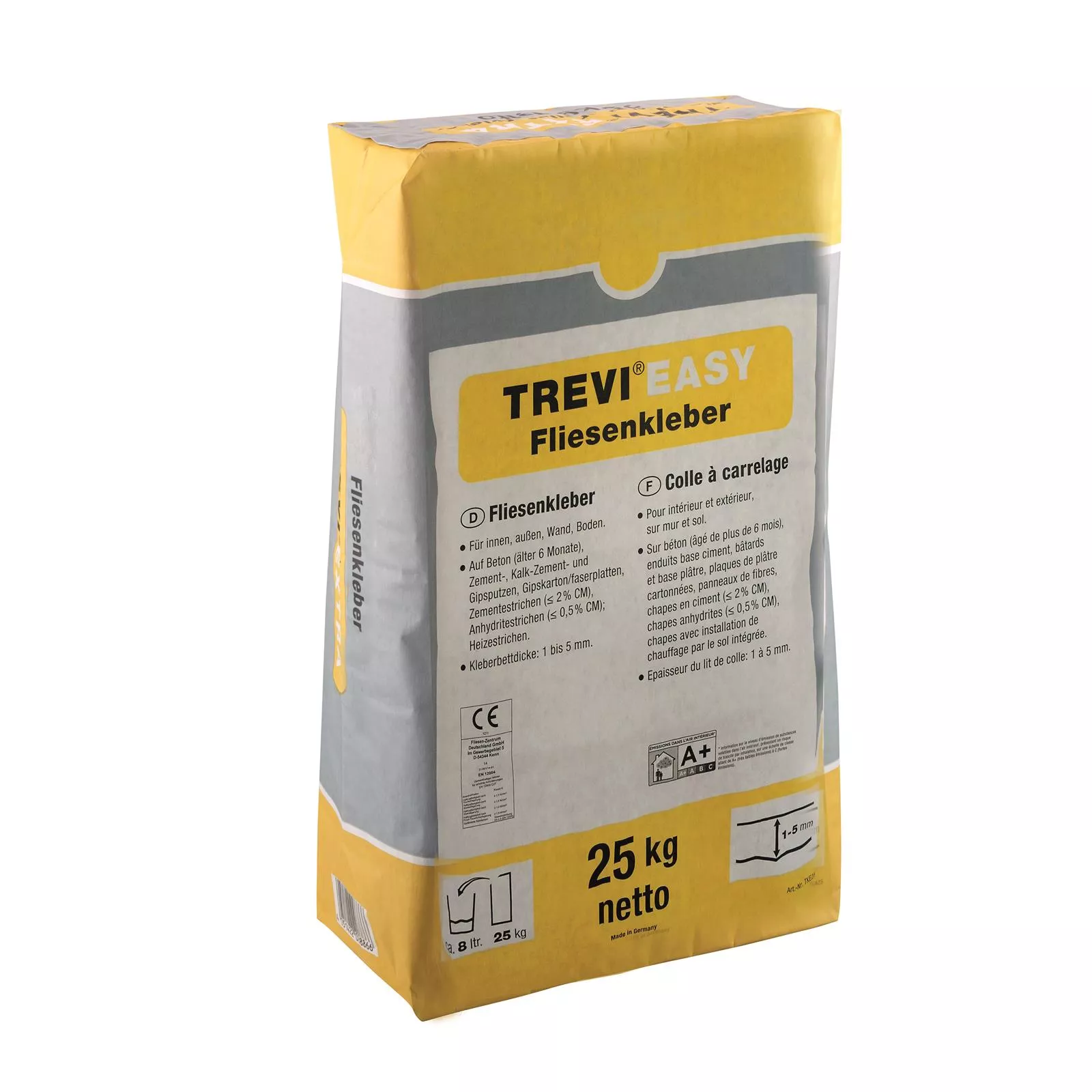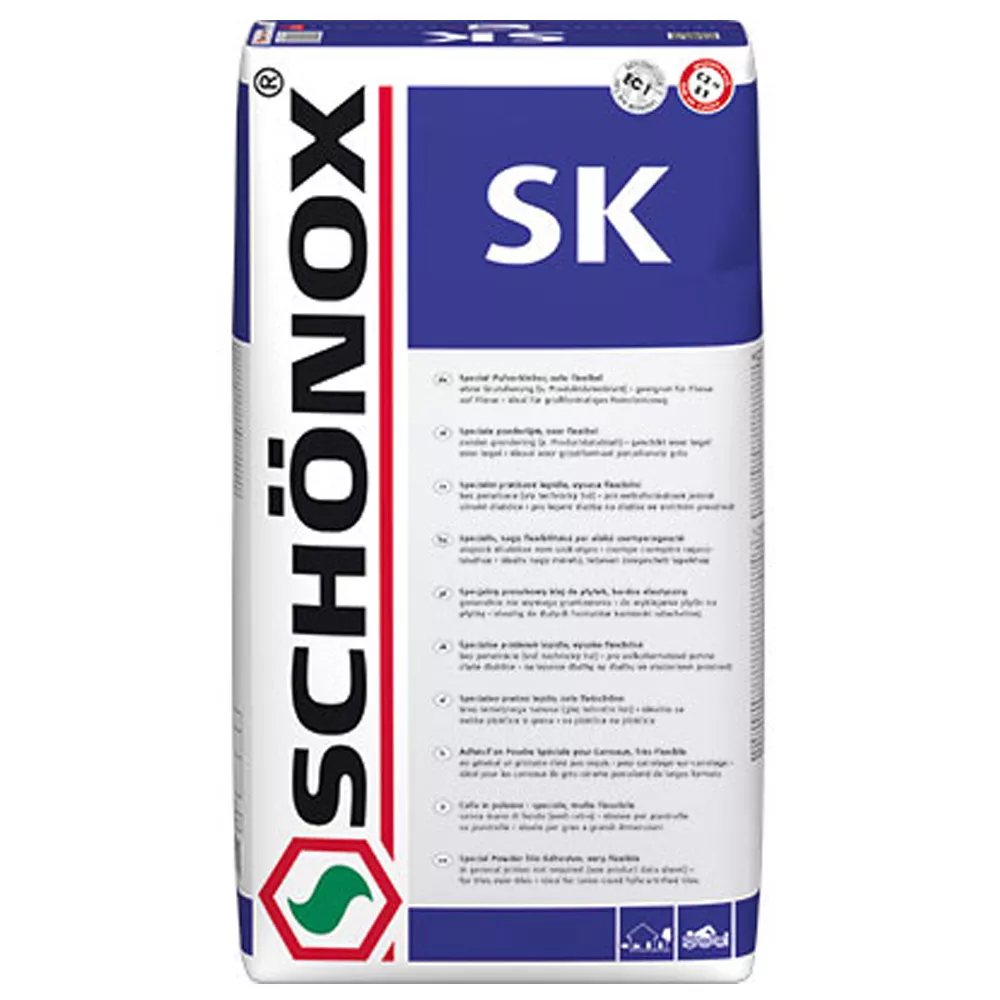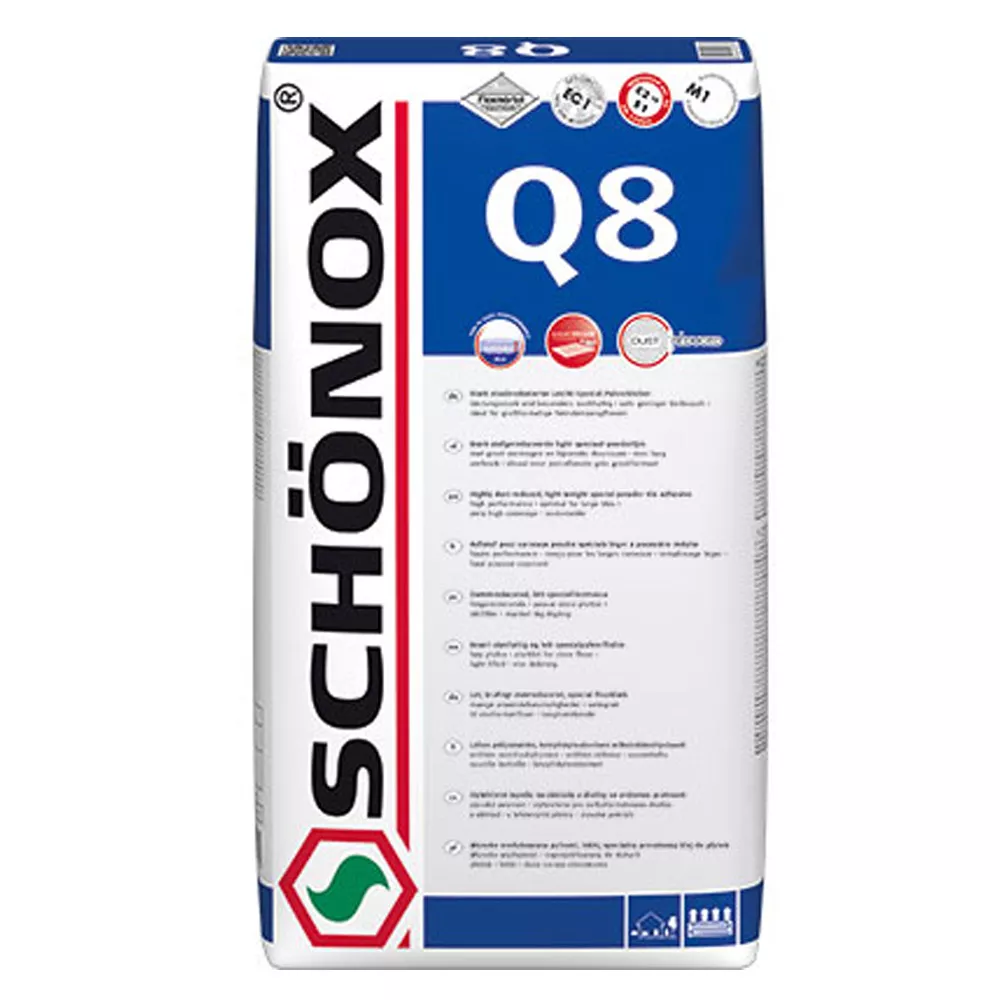Permanent Wet Area & Swimming Pool

Content: 4 Kilogram (€3.23* / 1 Kilogram)
Content: 25 Kilogram (€2.44* / 1 Kilogram)
Content: 25 Kilogram (€2.31* / 1 Kilogram)
Content: 5 Kilogram (€23.88* / 1 Kilogram)
Content: 25 Kilogram (€3.30* / 1 Kilogram)
Content: 20 Kilogram (€2.30* / 1 Kilogram)
Content: 25 Kilogram (€1.15* / 1 Kilogram)
Content: 20 Kilogram (€2.37* / 1 Kilogram)
Content: 20 Kilogram (€2.53* / 1 Kilogram)
Content: 15 Kilogram (€4.95* / 1 Kilogram)
Average rating of 5 out of 5 stars
Content: 25 Kilogram (€3.30* / 1 Kilogram)
Content: 15 Kilogram (€2.47* / 1 Kilogram)
Effective tile adhesive for permanent wet areas and the swimming pool
Tiles are particularly popular in wet areas. They do not become soaked with water, are not dissolved by it and do not develop unsightly water stains. With proper cleaning and care, there is hardly any risk of mold that is harmful to health. However, if an area is exposed to constant wetness or if it is a pool that is constantly or at least for several months a year filled with water, this places particularly high demands on the tiles and the tile adhesive. Special tile adhesives for underwater areas are mainly used for tiling swimming pools and the basins of ornamental fountains.
Sealing and tough
The tile covering in a swimming pool is exposed to particularly high loads. Constant water pressure acts on him. It must therefore be particularly strong and give the tile a firm hold. It must be waterproof to prevent the water from leaking and seeping away. This is all the more true if it is a pool that is directly adjacent to a building or is located in the interior. Then there is the risk that leaking water will penetrate the walls and neighboring rooms and cause water damage there. In addition, the tile surface is often treated with high pressure when cleaning swimming pools. Chemicals added to the water that keep the pool hygienic also clog the tile adhesive chemically. For these reasons, tile adhesives declared as suitable for permanently wet areas, swimming pools or underwater areas are particularly high-quality and powerful. Choosing an unsuitable tile adhesive can quickly lead to damage and high repair costs or even to completely re-tiling after just a few months.
Underwater repairs
If a tile comes off underwater, a quick reaction is required. Not only can the tightness of the basin be lost. There is also a risk of injury to users if they step or grip the sharp edges. Normally, all of the water in the basin must be drained to repair it. Then you have to wait until at least the affected area is completely dry and you can install the new tile. If you want to go faster, choosing a special tile adhesive made from hybrid polymer pays off. It can also be applied under water.




